Cracked Virgin Maxillary Premolar
This case is a comedy of errors. The case was initially referred to me as a Virgin maxillary first premolar tooth with a mesial-distal fracture running through the central developmental groove. Transillumination clearly showed that there was a crack in this tooth running M-D through the center. The pulp tested vital. There was a 6 mm pocket on the mesial side of the tooth. I wasn’t happy about the prognosis and told this to the patient.

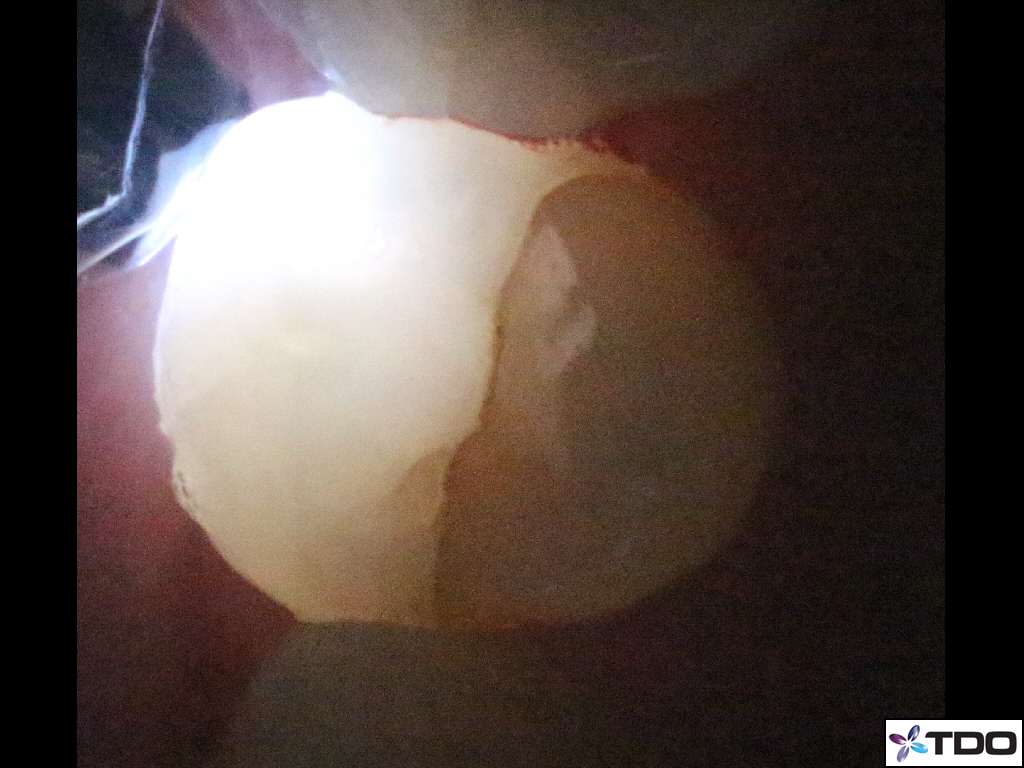
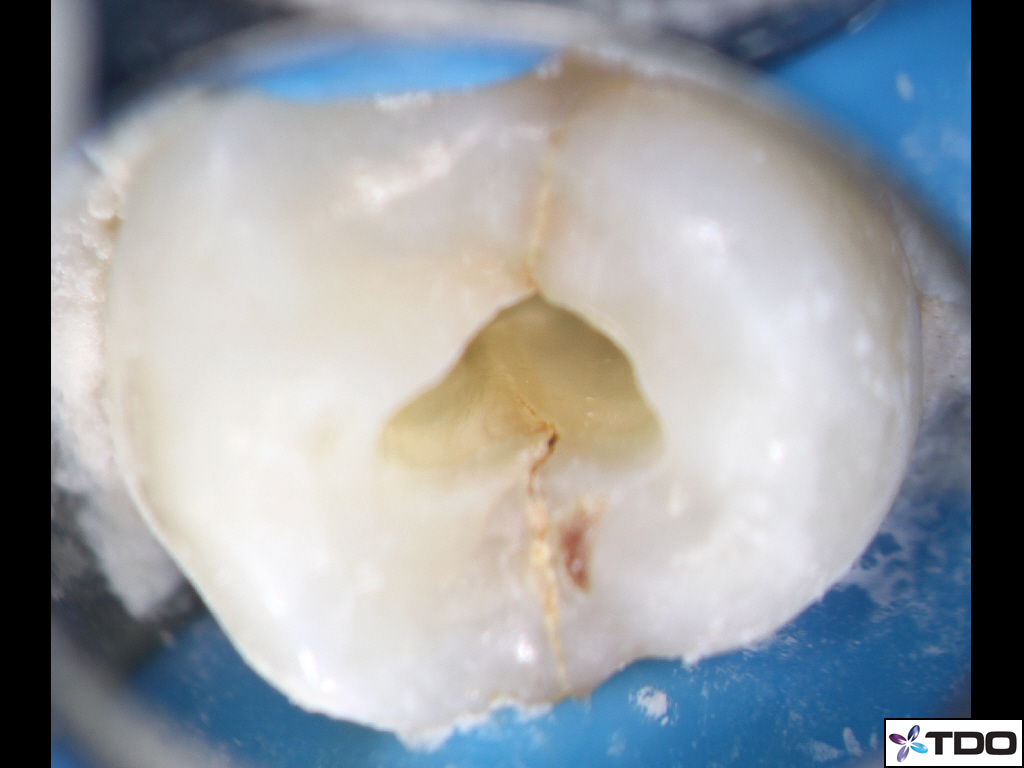
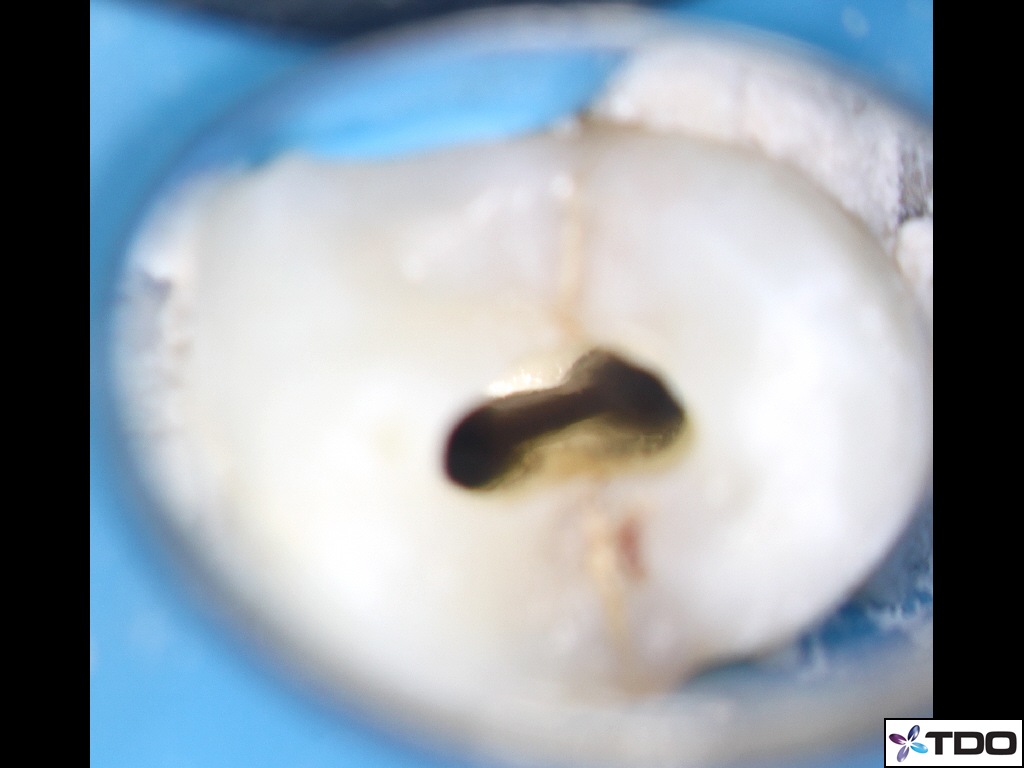
I explained to the patient that the tooth had a fracture and that the prognosis was somewhat variable. While there was some evidence of bone loss on the mesial aspect of the tooth, where we would normally expect, I was not sure it was severe enough (NOW) to warrant extraction. Because the tooth was virgin and the patient did not want to lose the tooth, she asked that I Endodontically treat it and try to save it. I completed the case (vital pulp) with a PermaFlo purple orifice bond and small Rebilda DC light cured composite filling in the access. I tried to keep the access as conservative as possible. I recommended that the patient proceed immediately to their dentist to have the tooth prepared for a Crown and emphasized that the long term prognosis was uncertain. We were taking a “flier” on this one.
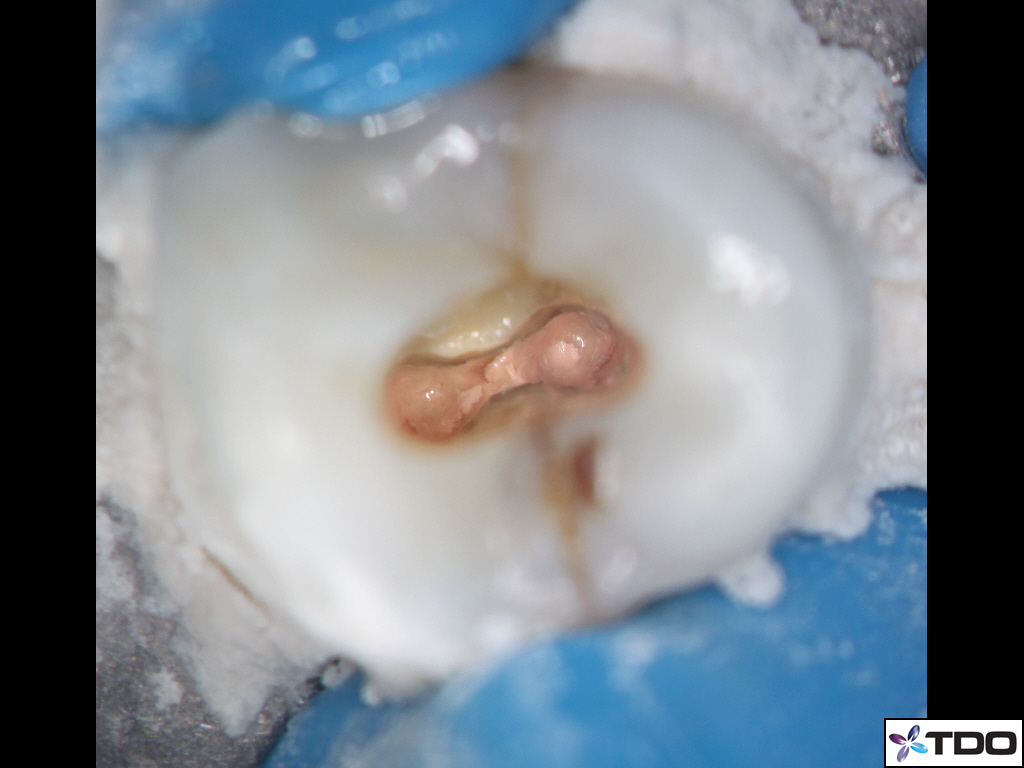
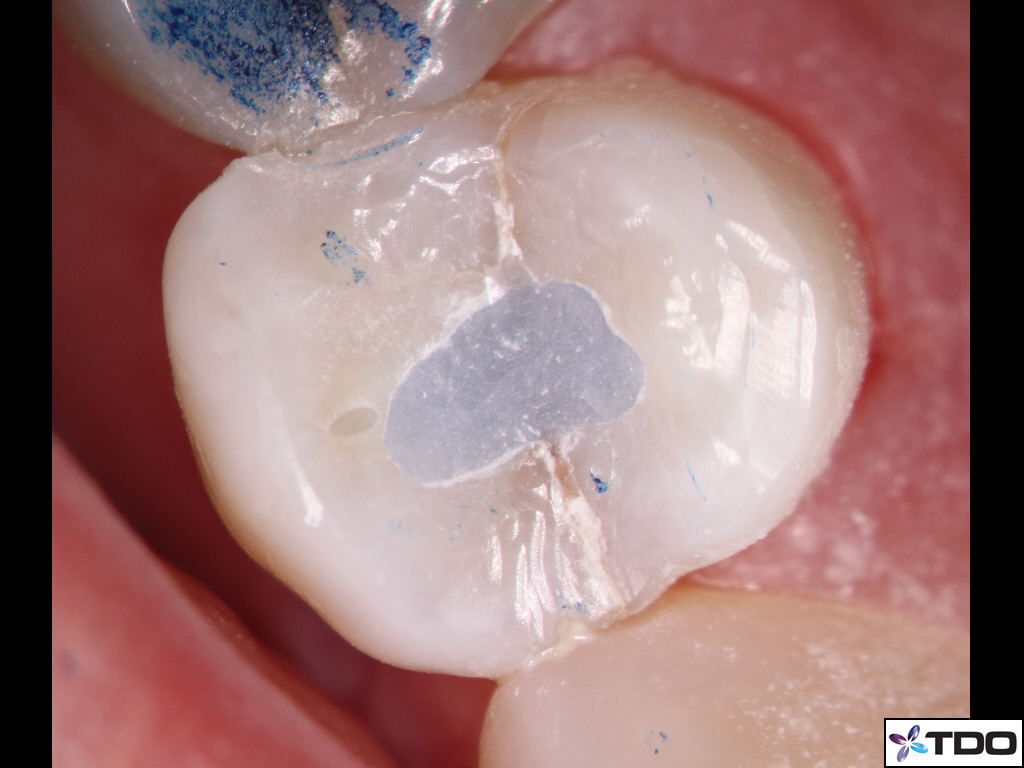
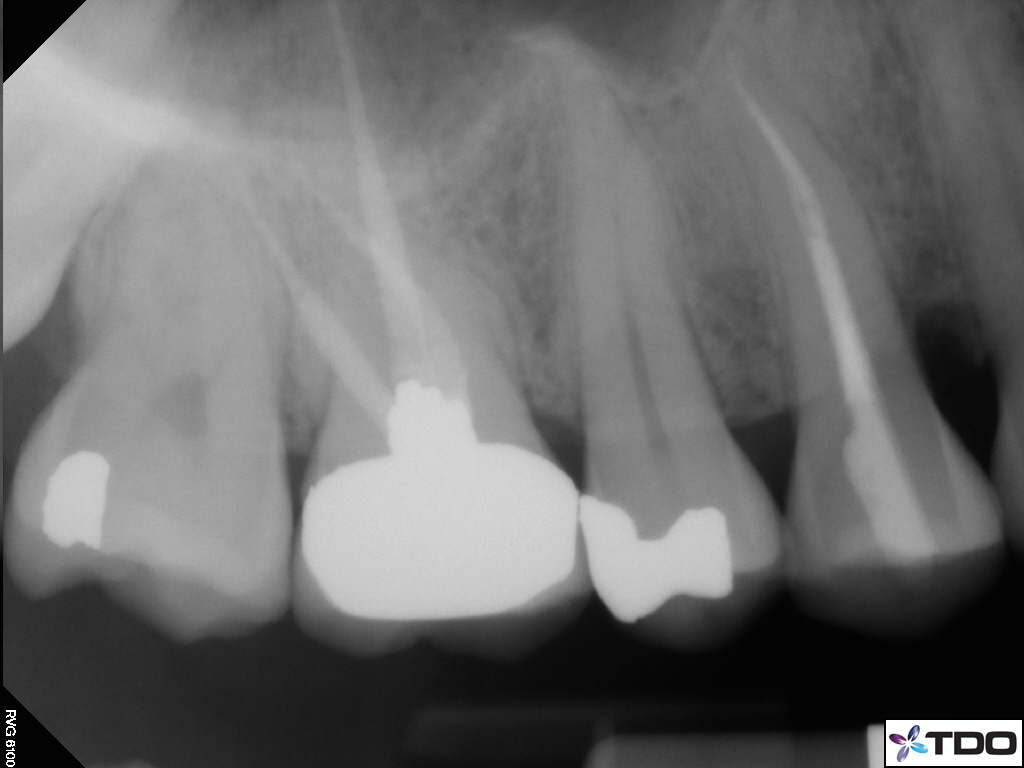
I assumed that the tooth would be immediately prepared and a Crown cemented STAT. Instead, it appears that my initial access filling was removed , the tooth was prepared for a large post space and a large cast post was inserted into the canal space.
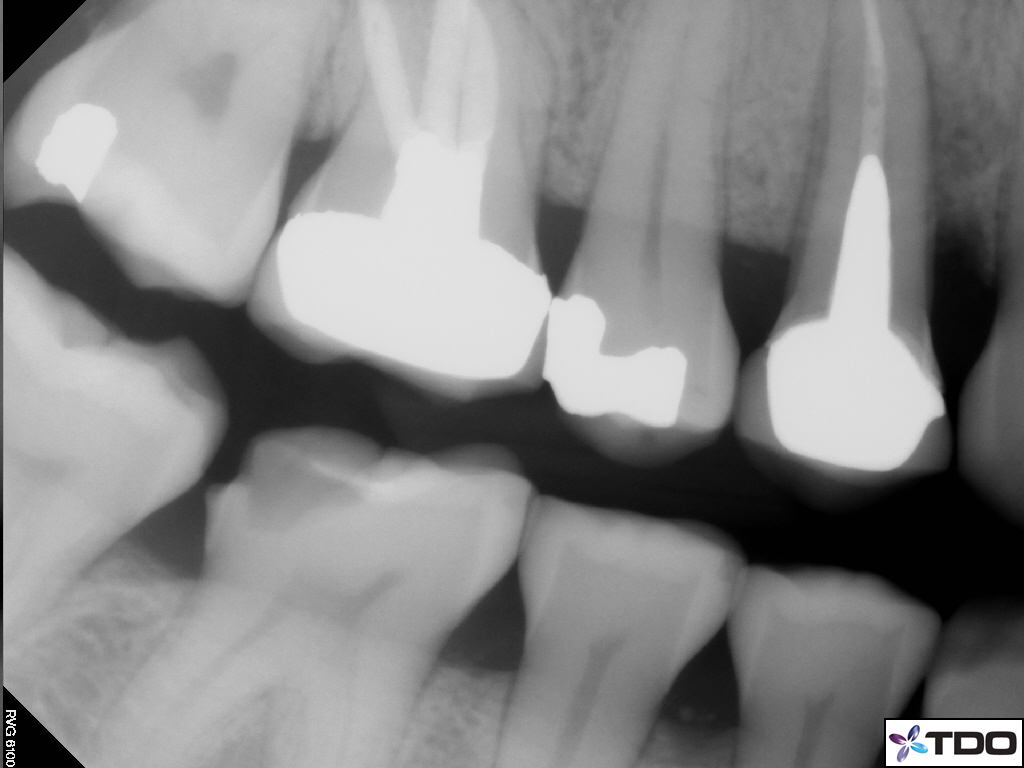

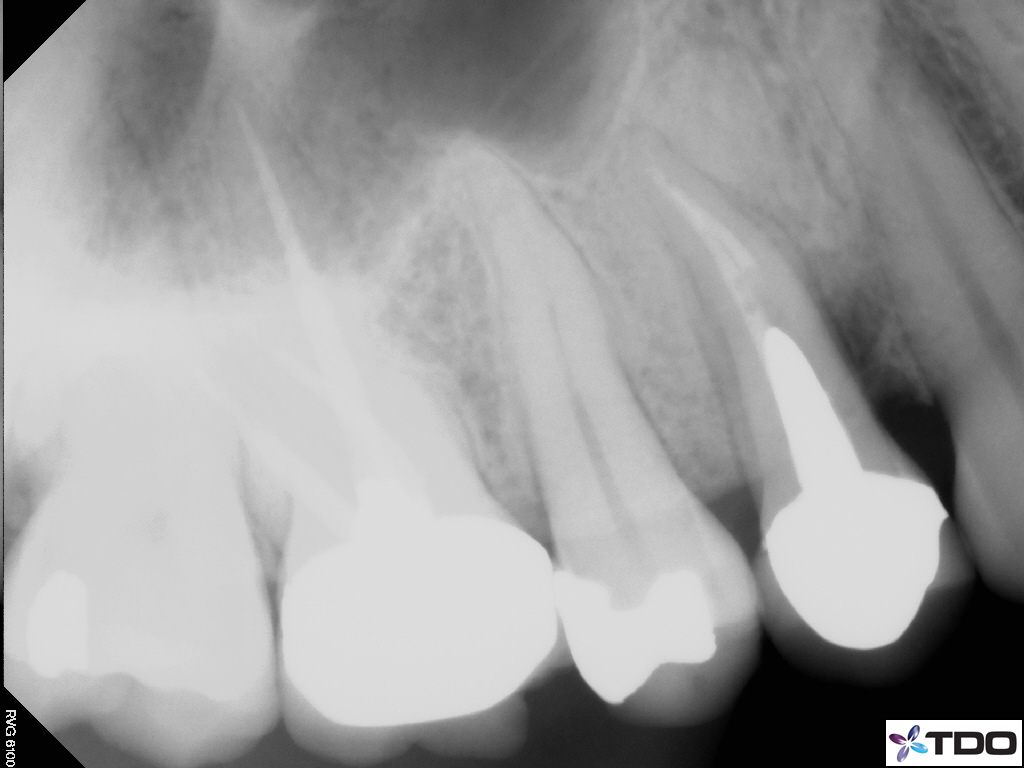
Approximately a year later the patient was seen for follow up and there was complete loss of mesial bone to the point where the tooth would now require extraction. We cannot say for certain that preparation of the tooth for post space contributed to eventual failure of the root. But I was mystified as to why the dentist felt it was necessary to use a post in this tooth considering that the access was very conservative and all they had to do was minimally prepare the tooth and cement a Crown on top of my treatment.
It is truly unfortunate that improper use of a post may have contributed to the loss of this tooth, even though the patient had accepted the risks. We had done everything endodontically possible to ensure the best possible outcome.
This again points out that while Endodontists may have control over the endodontic aspects of the case, once the tooth leaves our office, we have absolutely NO control of all subsequent procedures which sometimes can contribute to frustrating loss of the patient’s tooth.
